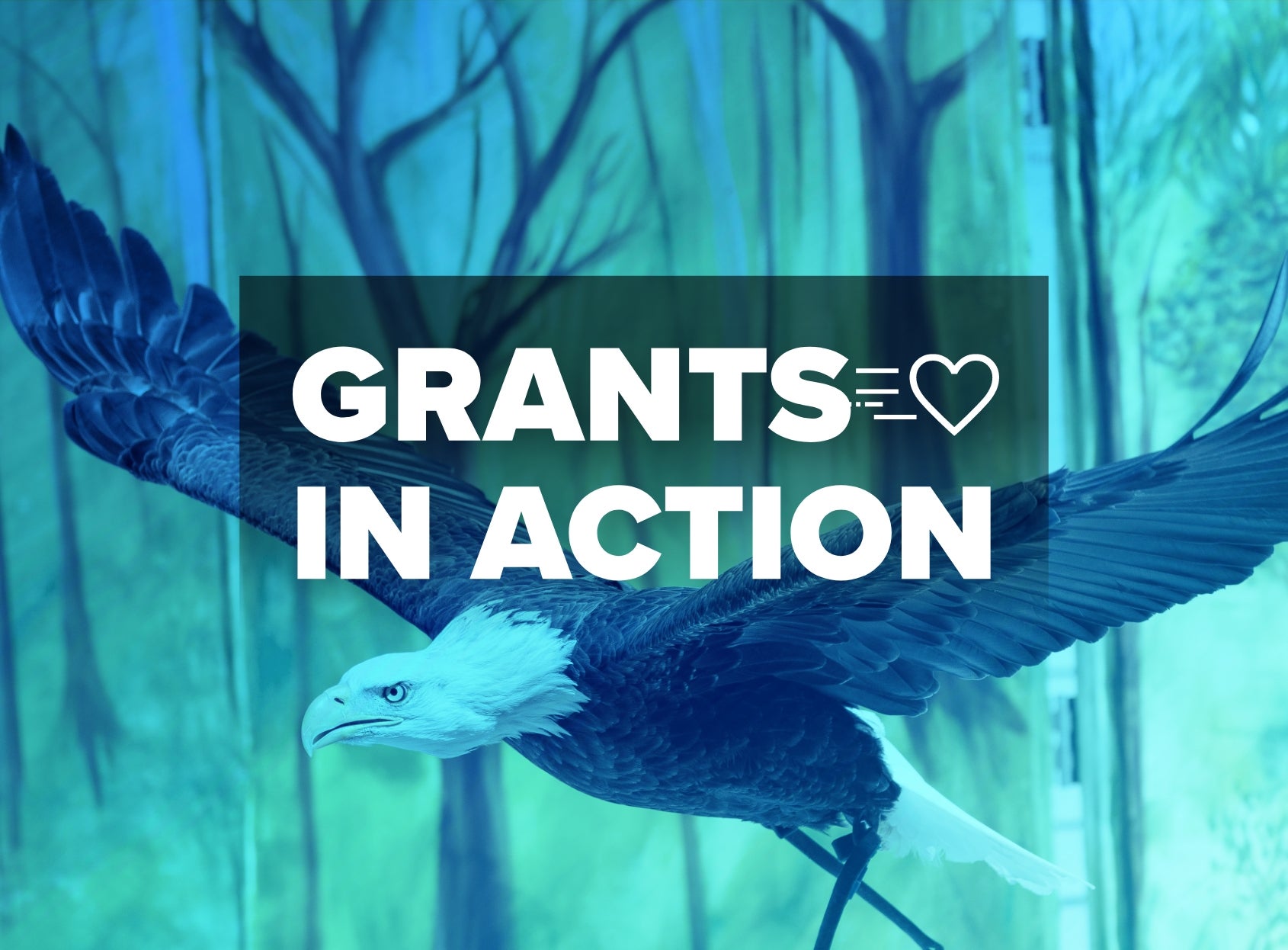World Bird Sanctuary: Rescue & Conservation Efforts

There are so many urgent questions when seeking a better understanding of the condition of our environment and the world around us. In addition to scientists and experts, there’s one faction that has a bird’s eye view, as it were, of it all. “Birds are at all levels of the ecosystem where they live,” explains Roger Holloway, executive director of World Bird Sanctuary. “They feed on the ground, they’re in the canopies and in the skies.”
Because birds are such an essential part of our ecosystem, protecting and caring for them is a priority, and Holloway and his dedicated team at the sanctuary work tirelessly to care for injured and sick birds of prey. Located 25 miles outside of St. Louis, Missouri, World Bird Sanctuary is home to over 200 animals and includes a wildlife hospital that rehabilitates over 600 birds of prey each year.
Holloway reports that the World Bird Sanctuary Wildlife Hospital has doubled its patient admissions in the last five years, treating a variety of head, wing and leg injuries, most often caused by collisions with man-made objects. With a hospital staff of six and a sanctuary staff of about 30, the organization relies on the help of their roster of over 100 volunteers.
These volunteers, which Holloway calls indispensable to the nonprofit’s efforts, help with everything from their educational programming to daily upkeep and maintenance of the grounds. Visitors to the sanctuary can see firsthand not only the labor of love from the humans that care deeply about their conservation, but the birds themselves. World Bird Sanctuary is home to a variety of species, including owls, hawks, ravens, vultures, falcons and even pelicans.
“There’s an opportunity to see some pretty unique birds that you’re really not going to see anywhere else in the Midwest,” Holloway says, citing both the kookaburra from Australia and the Andean condor from South America as two noteworthy attractions. Of course, one of the most beloved sights for many visitors is the chance to see our nation’s symbol, the bald eagle, up close and in person.
Operating both a hospital and sanctuary is no easy task, nor is it a low-cost effort, with food alone totaling upwards of $100,000 per year. The generosity of donors who give to World Bird Sanctuary is especially critical when it comes to overall operating costs, including the needs of the hospital, which requires veterinary supplies like syringes, medications and even beds.
In 2023, the organization received over $1 million in donations. “Whether it’s a one-time donation or a [gift from a] donor-advised fund, it has an impact,” Holloway says, pointing out that DAFs “have become more and more prevalent over the last few years.”
Long-term, unrestricted giving has also continued to make a major difference by supporting ongoing operations and allowing staff to focus more on conservation and endangered species. Donors have a unique opportunity to help care for birds in their own backyards and aid them globally. To date, the World Bird Sanctuary—which opened its doors in 1977—has helped the peregrine falcon, the barn owl and the bald eagle return to Missouri forests.
“So now our efforts will move into more of an international focus,” Holloway notes, adding that the organization has established partnerships with World Wildlife Fund Asia-Pacific, Project Rewild and the San Diego Zoo. “While we continue to grow and help injured and sick birds locally, we’re bringing our efforts to a larger scale.”
Photos courtesy of Stu Goz and World Bird Sanctuary staff
NPT is not affiliated with any of the organizations described herein, and the inclusion of any organization in this material should not be considered an endorsement by NPT of such organization, or its services or products.
NPT does not provide legal or tax advice. This blog post is for informational purposes only and is not intended to be, and shall not be relied upon as, legal or tax advice. The applicability of information contained here may vary depending on individual circumstances.


